SPOILER WARNING The following notes give away some of the plot.
Filmmaker Brian Yuzna on ‘The Haunting’
The cinema of fear is my special interest. Since my first flickering nightmares, I have been drawn back to it like a moth to a flame. Like heroin, they say, ‘the first one is free’ – and though it may make you sick, you could spend the rest of your life chasing that original high. I suppose that many things are like that, and for those of us who love film, going to the cinema is an effort to recapture those moments when we experienced what Alfred Hitchcock called ‘pure cinema’. In my case, it may be called ‘being scared to death’.
Most of the films I’ve made have tried to be scary, it being axiomatic that audiences want emotional punch for their box-office buck. But as the years go by, films don’t seem to scare me any more, and the films I make generally end up being more shocking and bizarre than frightening. It has become quite an obsession of mine to catch and bottle that elusive essence that makes a film scary – and scary to me, someone who has studied this in depth and is not often surprised by the standard twists, turns and jumps of the horror genre. So I watched an old classic to see if it still had the stuff.
I had read Shirley Jackson’s novel The Haunting of Hill House long before I saw Robert Wise’s adaptation, The Haunting. Finishing the book at dusk, the palpable chill it induced stayed with me well past supper and into the night. I have always believed that great films must be based upon great writing (whether prose or screenplay) and The Haunting, which was adapted from Jackson’s novel by Nelson Gidding, certainly seems to endorse that view. Having made films in which I have struggled through the whole of production (and sometimes post-production) to develop a half-prepared script into something approximating coherence, I well know the pitfalls.
In simple terms, The Haunting is a haunted house movie in which we never see the ghost. (This is in direct opposition to the established pattern of modern genre films. Perhaps as a result of all those frustrating 50s monster movies in which we waited for 90 minutes just to see the monster’s face before the closing credits, the shockers of the last 20 years or so have been much more explicit.)
Already more than familiar with the movie, I loaded up my laser disc player and settled back into the darkened room to watch Eleanor Lance meet her destiny. About half way through, the teacup at my elbow jumped off the table and fell to the floor. Without moving my eyes from the screen I registered my fright; I was definitely in a state of ‘heightened spookiness’. ‘Wow!’ I thought, ‘this picture is really getting to me, just like in the old days’. Even when the cat was revealed to be the preternatural force behind the teacup’s acrobatics, it didn’t lessen my fright.
The Haunting had cast its eerie spell, and when it was over I quickly had to ‘flip on the lights, so heavy was the air with a thick, weird potency. And this from a film I had seen many times, and of which I well knew the outcome. I knew there would be no visible monster, no gore or viscera, no action in the contemporary sense, only talking, voiceovers and languorous long takes. The most frightening scene, when Eleanor (Julie Harris) unknowingly holds the hand of the ‘ghost’ while cowering from the supernatural pounding on the bedroom door, is played exclusively upon Eleanor’s reaction in medium shots and close-ups. The Haunting proves the old cliché that it’s what you don’t see that’s scary. But there are other films that don’t show you anything and they’re not scary – just boring. What makes The Haunting work so well for me?
I love the way the film begins, an unabashed ghost story – a great ugly house in silhouette with a ghostly logo superimposed. Dr John Markway (Richard Johnson) provides the voiceover narration that introduces us to the history of the house, a history that is mild by cinema standards: no bloody hatchet murders, no catalogue of killings, only a couple of accidental deaths and a suicide. But the tone of the narrative is unambiguous: this is an evil house.
Robert Wise has a reputation as a ‘mainstream’ director, having achieved major successes in many genres, but apparently not stamping enough of his personality upon his films to be considered an auteur. Nor does The Haunting call attention to his direction. (Perhaps it would have been scarier still with a Polanski calling the shots – or probably it would just have been different.) Wise’s method serves the material well, realising Shirley Jackson’s circular tale with repeated images of implied dread, telling the ghost story in a way that depends less on the story and more on its ghostly telling. And that, I believe, is the crucial factor: what is frightening is the poetry of the words and images – rhythms and rhymes that carry the dreadful possibilities of the supernatural from the motion picture screen into the ether around us.
The success of The Haunting is due in large part to Jackson’s remarkable interweaving of madness, guilt and fear into the conventions of the haunted house tale. But how often good material loses its soul on the way to the screen. Credit is surely due to Nelson Gidding and Robert Wise for constructing a film which delivers the chills with a straightforward seriousness that, in spite of the inherent hokeyness of the haunted house structure, never once falls into foolishness or unintentional humour.
Brian Yuzna, Sight and Sound, February 1994
The Haunting
Directed by: Robert Wise
©: Metro-Goldwyn-Mayer, Inc., Argyle Enterprises
Presented by: Metro-Goldwyn-Mayer
Producer: Robert Wise
Associate Producer: Denis Johnson
Assistant Director: David Tomblin
Continuity: Hazel Swift
Casting: Irene Howard
Screenplay by: Nelson Gidding
Based on The Haunting of Hill House by: Shirley Jackson
Director of Photography: Davis Boulton
Camera Operator: Alan McCabe
Special Effects: Tom Howard
Editor: Ernest Walter
Production Designer: Elliot Scott
Set Decorator: John Jarvis
Sketch Artist: Ivor Beddoes
Wardrobe Supervisor: Maude Churchill
Claire Bloom’s Clothes by: Mary Quant
Make-up: Tom Smith
Hairdresser: Joan Johnstone
Music Composed and Conducted by: Humphrey Searle
Recording Supervisor: A.W. Watkins
Sound Recordist: Gerry Turner
Dubbing Mixer: J.B. Smith
Sound: Westrex Recording System
Dubbing Editor: Allan Sones
Cast
Julie Harris (Eleanor Lance)
Claire Bloom (Theo)
Richard Johnson (Dr John Markway)
Russ Tamblyn (Luke Sannerson)
Fay Compton (Mrs Sannerson)
Rosalie Crutchley (Mrs Dudley)
Lois Maxwell (Grace Markway)
Valentine Dyall (Mr Dudley)
Diane Clare (Carrie Fredericks)
Ronald Adam (Eldridge Harper)
Frieda Knorr (second Mrs Crain)
Janet Mansell (Abigail, aged six)
Amy Dalby (Abigail, aged 80)
Rosemary Dorken (Abigail’s companion)
Pamela Buckley (first Mrs Crain)
Howard Lang (Hugh Crain)
Mavis Villiers (landlady)
Verina Greenlaw (Dora)
Paul Maxwell (Bud)
Claud Jones (fat man)
Susan Richards (nurse)
USA 1963©
112 mins
Digital
The screening on Wed 21 May will be introduced by writer, lecturer and producer Mo Moshaty
SIGHT AND SOUND
Never miss an issue with Sight and Sound, the BFI’s internationally renowned film magazine. Subscribe from just £25*
*Price based on a 6-month print subscription (UK only). More info: sightandsoundsubs.bfi.org.uk

BFI SOUTHBANK
Welcome to the home of great film and TV, with three cinemas and a studio, a world-class library, regular exhibitions and a pioneering Mediatheque with 1000s of free titles for you to explore. Browse special-edition merchandise in the BFI Shop.We're also pleased to offer you a unique new space, the BFI Riverfront – with unrivalled riverside views of Waterloo Bridge and beyond, a delicious seasonal menu, plus a stylish balcony bar for cocktails or special events. Come and enjoy a pre-cinema dinner or a drink on the balcony as the sun goes down.
BECOME A BFI MEMBER
Enjoy a great package of film benefits including priority booking at BFI Southbank and BFI Festivals. Join today at bfi.org.uk/join
BFI PLAYER
We are always open online on BFI Player where you can watch the best new, cult & classic cinema on demand. Showcasing hand-picked landmark British and independent titles, films are available to watch in three distinct ways: Subscription, Rentals & Free to view.
See something different today on player.bfi.org.uk
Join the BFI mailing list for regular programme updates. Not yet registered? Create a new account at www.bfi.org.uk/signup
Programme notes and credits compiled by Sight and Sound and the BFI Documentation Unit
Notes may be edited or abridged
Questions/comments? Contact the Programme Notes team by email

